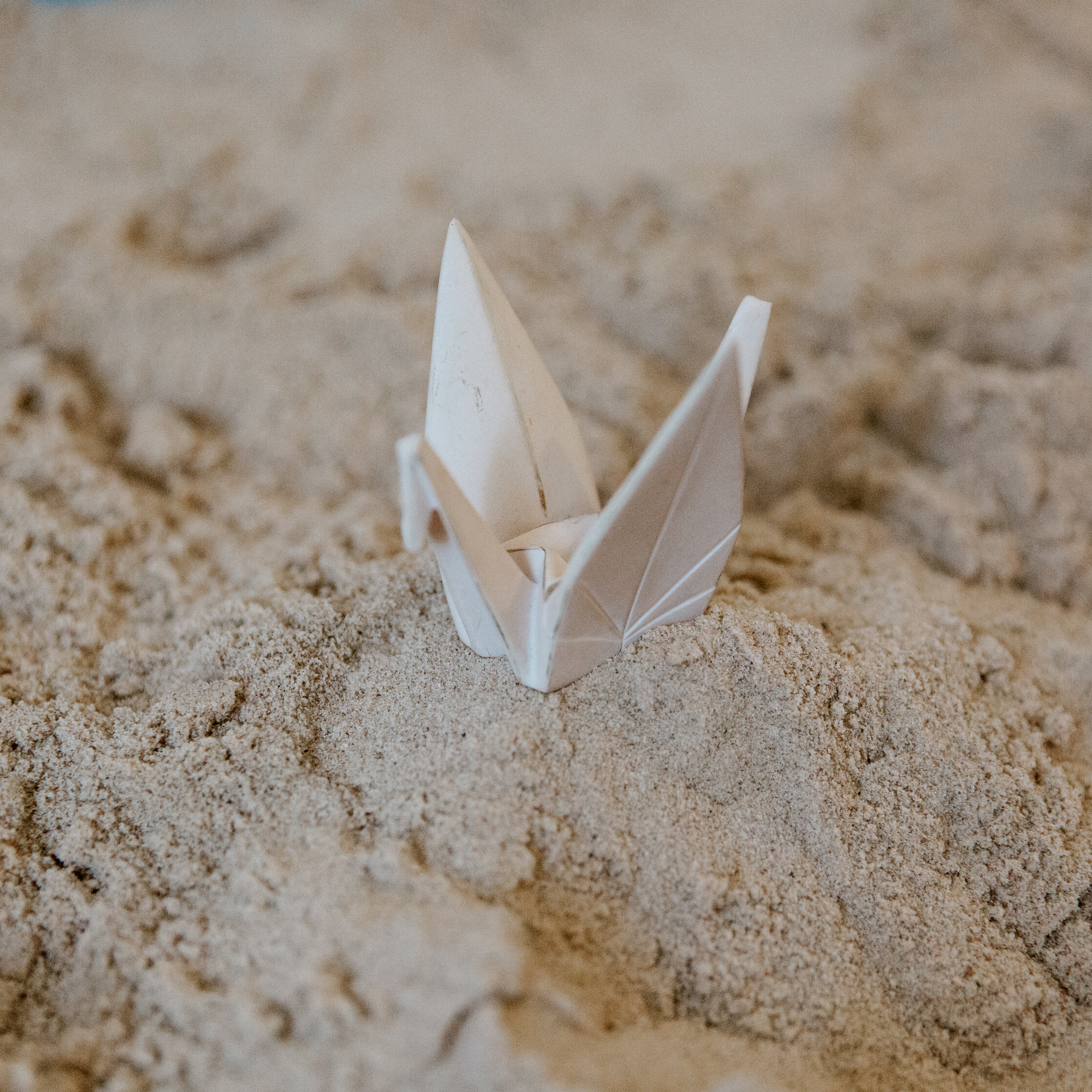
Our Therapies
Expressive Therapies
Expressive therapies can involve using play, art, drama, movement sandtray/symbol work, and other creative techniques to draw out and explore our intentions, feelings, and the patterns that we have developed in our lives. It is a powerful way to learn how we operate as individuals and how we can move towards positive change. Often our feelings and experiences are hidden in our unconscious minds. We then repeat unhelpful patterns, or repeat behaviours without being aware of the causes or how to make changes. Using expressive therapies is an effective way for us to make the unconscious, conscious.
Expressive therapies assist to link our emotional brains (limbic system) to our hippocampus (memory system) and thinking brains (frontal cortex) to allow for expression, exploration, facilitation of new neural networks, and healing. With this modality we can also help to integrate the left and right hemispheres of our cortex, which is particularly helpful for individuals who have experienced trauma.
Expressive therapies work effectively with adults and young people, and is particularly helpful with children. Play is children’s first and natural language, and provides a safe and self-guided way for children to express and process their feelings. Children often do not have the verbal skills to express how they are feeling. The toys and art resources in the Play Therapy room are carefully chosen to engage the child’s interest, and to allow facilitation of creative and emotional expression without verbalisation. If your child has experienced trauma, expressive therapies can be beneficial. Research has shown that through modalities such as play and art, children are able to tap into, express and process their traumatic experiences through a medium that is gentle and accessible.
As well as counselling rooms, Little Window has art and play therapy spaces to ensure that people have access to a variety of modalities for self-expression.

